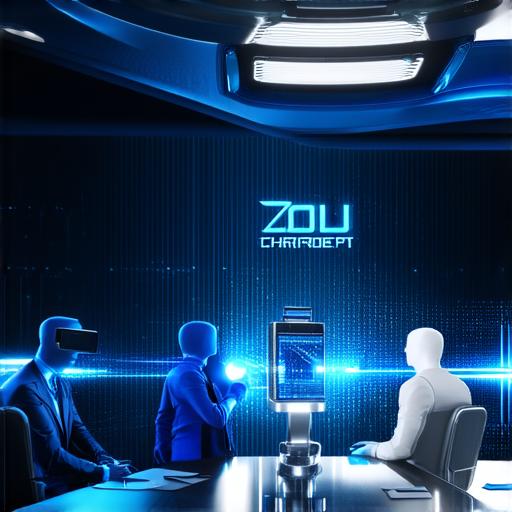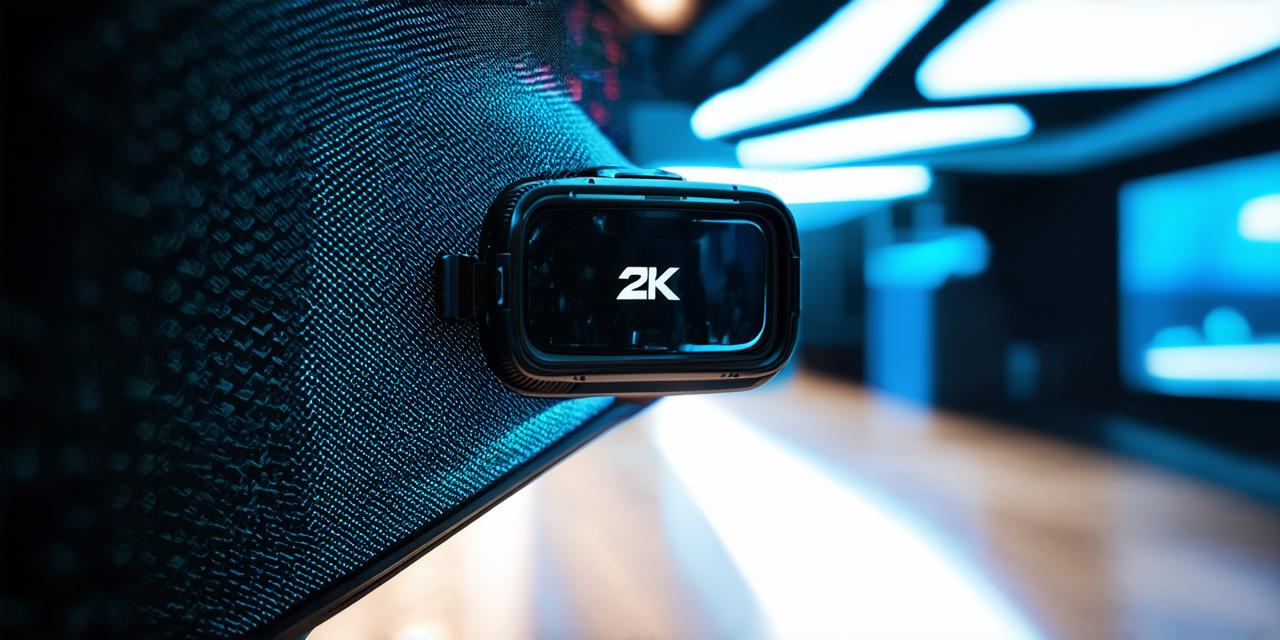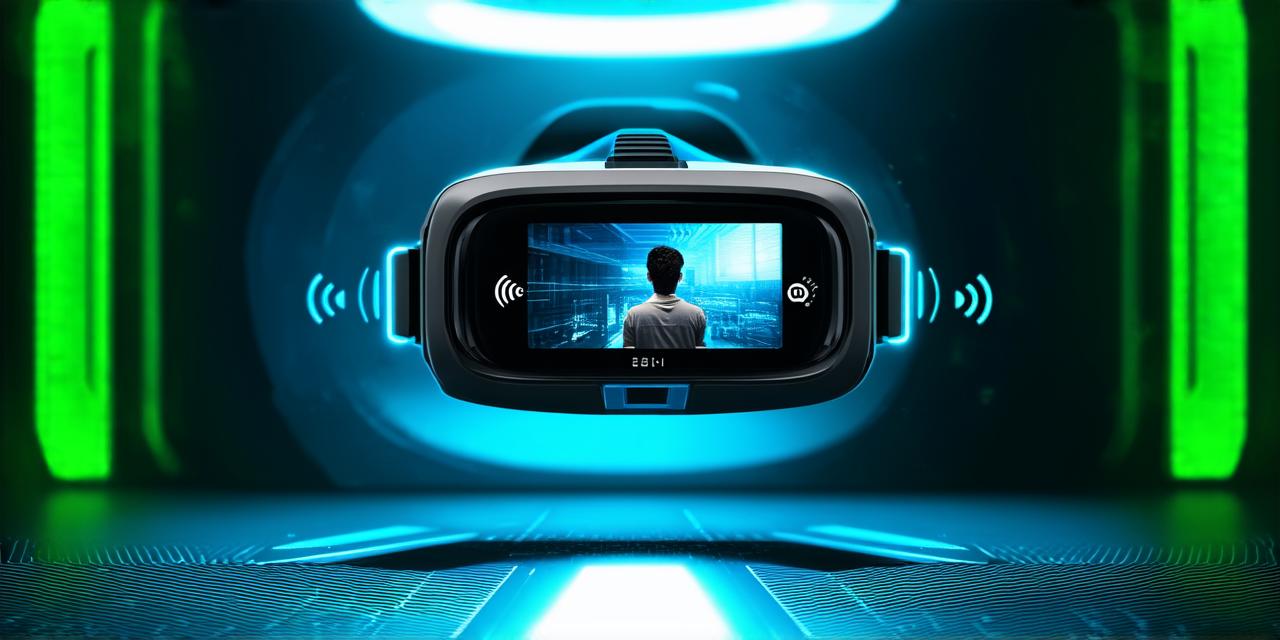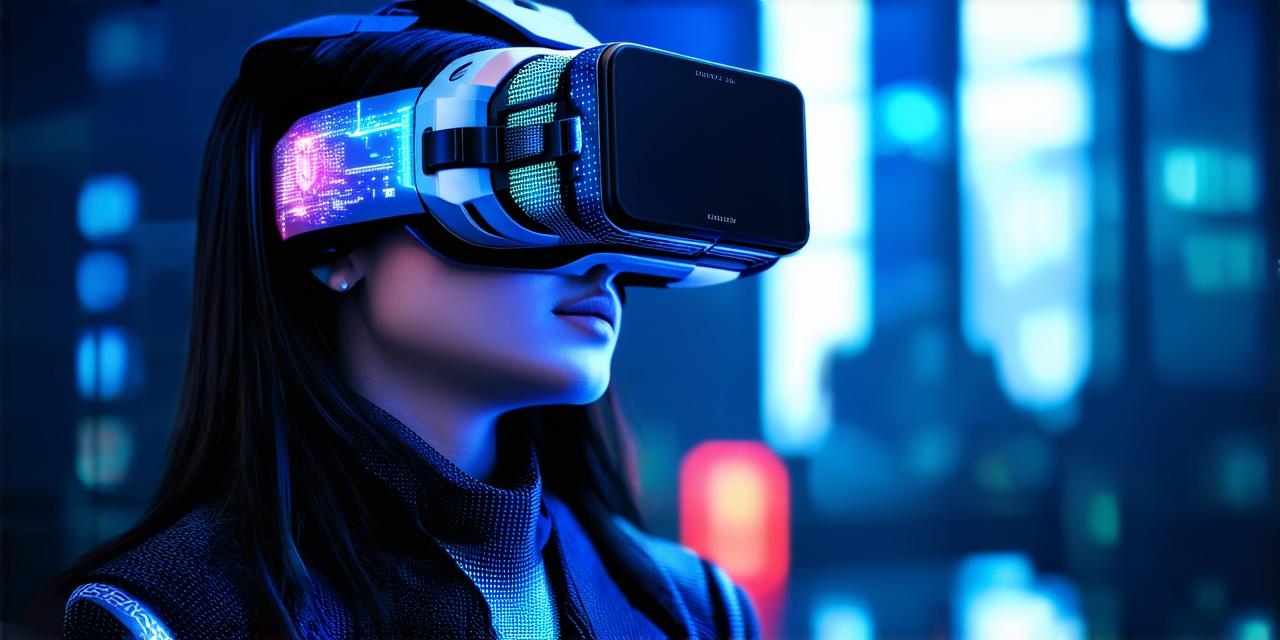Virtual Reality (VR) is a rapidly growing technology that has already begun to change the way businesses operate. With its ability to enhance customer experiences, improve employee productivity, and increase efficiency across various industries, VR is poised to have an even greater impact on businesses over the next five years.
In this article, we will explore some of the ways VR will influence businesses over the next five years and how you can take advantage of this exciting new technology.
One of the most significant ways that VR will impact businesses is by enhancing customer experiences. With VR, customers can experience products and services in a whole new way, allowing them to see, touch, and interact with virtual versions of your products before they even make a purchase.
This not only enhances the customer experience but also reduces the number of return items, saving the company money in the long run. For instance, a home furniture store could create a virtual showroom where customers can virtually try on different styles of furniture and see how they would look in their own homes.

Similarly, an automotive dealership could allow customers to take a virtual test drive before purchasing a car.
In addition to enhancing customer experiences, VR will also improve employee productivity. By providing employees with virtual training simulations, companies can help them acquire new skills and knowledge more efficiently.
For example, medical professionals can use VR to simulate surgeries, allowing them to practice their skills without risking the lives of real patients. Similarly, military personnel can use VR to train for combat situations, helping them stay ready for any scenario that may arise.
This technology also allows employees to work remotely, eliminating the need for physical presence in an office or workplace, which is especially important during the pandemic.
VR will also increase efficiency across various industries. In the manufacturing industry, VR can be used to create virtual models of products, allowing designers and engineers to make changes and test new ideas quickly and cost-effectively.
This technology enables manufacturers to create prototypes without needing expensive physical materials, reducing waste and improving efficiency. In the construction industry, VR can help architects and builders visualize projects in 3D, enabling them to identify potential issues before they become major problems.
Despite these benefits, there are still some challenges that businesses will face when implementing VR technology. One of the biggest challenges is the cost of equipment and software. However, as the technology continues to improve and become more widespread, we can expect prices to come down significantly.
Another challenge is training employees to use the technology effectively. To overcome this, companies should invest in comprehensive training programs that will help employees understand how to use VR technology and how to apply it to their work.
Additionally, some employees may feel uncomfortable or anxious about using virtual technology, which can impact their productivity and willingness to adopt new tools.
In conclusion, virtual reality is poised to have a significant impact on businesses over the next five years. Whether you’re looking to enhance customer experiences, improve employee productivity or increase efficiency, VR technology has the potential to help you achieve your goals. As the technology continues to evolve, we can expect to see even more innovative uses of VR in business, and it will be exciting to witness these developments firsthand.
It is essential for businesses to embrace this technology, invest in comprehensive training programs, and overcome any challenges that arise to take advantage of its benefits and stay ahead of the competition.




